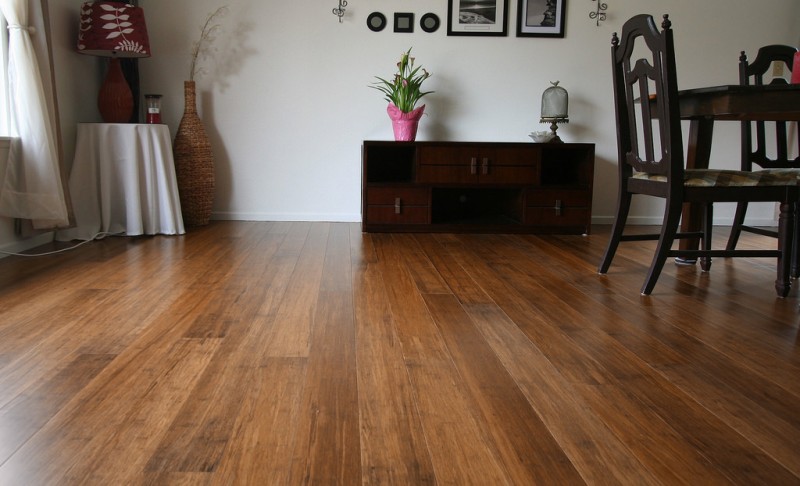Not simply gives a visual touch to the insides of the homes decoration of yours, it gives an astounding appeal to your rooms also. In truth, due to the outstanding moisture resistant qualities of bamboo flooring, it is recommended for wearing of bathrooms and kitchens where standard hardwood flooring and even laminate flooring types are not typically advised.
Painting Bamboo Floors

The bamboo flooring of yours will probably require replacement prior to various other flooring supplies and even those poisonous chemicals will finish up in landfills. Reviewers are actually in favour of floors this particular kind of flooring because it is extremely environmentally friendly. You may have heard about bamboo flooring. You can actually select between unfinished and finished flooring.
Bamboo floors Living room wood floor, Paint colors for living room, Brown living room

Bamboo flooring in addition has become the darling of inner surface designers as well as architects desperate to place the environmentally aware "green" stamp on the work of theirs. Over and above all this it's considered green due in huge part to the massive length of carbon it absorbs during its fast growth. You can stain the bamboo to get some color you need.
Stained strand woven bamboo flooring – Black painted carbonized color- UV Treffert Lacquer

Can You Stain Bamboo Floors? eHow.com Bamboo flooring, Painted bamboo, Bamboo wood flooring

Paint colour with carboniZed bamboo

Painted Floors Pictures Design #interiordesign #decoration #home #design #art #house #

Transform a simple painted floor into trendy eye catching bamboo! Paint My Seattle House

20 Appealing Flooring Options & Ideas That Are Sure to Astound You

Bamboo hardwood flooring in the hall with white painted pine trim Bamboo hardwood flooring

30+ Awesome Flooring Ideas for Every Room – Hative

NEW CALI BAMBOOFOSSILIZED JAVA FLOORING AND NEW BLUE PAINT IN LIVING ROOM Floor design

Painting and installing the bamboo floors. amysairstream

Glossy Carbonised Hand Painted Black Bamboo Flooring, Wear Resistance: Strand Woven, Size

faux bamboo floor on concrete! PAINT Painted concrete floors, Painting concrete, Painted floors

Sheila’s Wanderings: New bamboo floors, carpets and painting (part 2)
Related Posts: